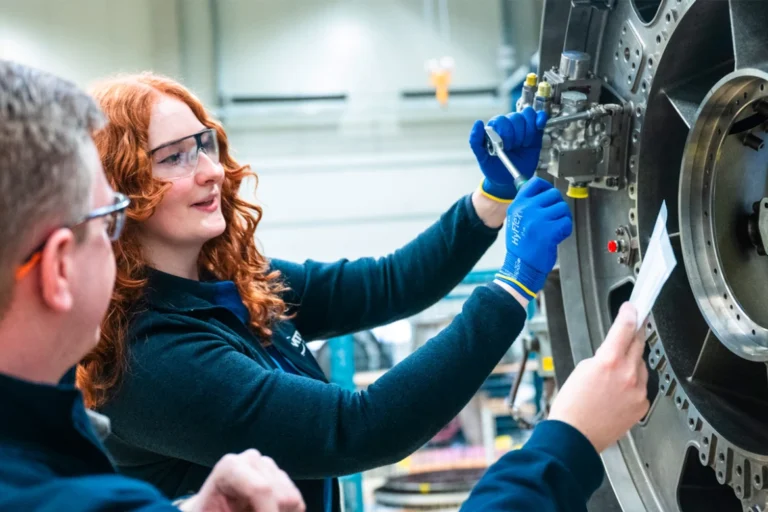
Discover how to build a car from the ground up with this step-by-step DIY guide. From chassis to final polish, learn the tools, skills, and parts needed for a fully functioning custom car.
The Art of Car Building
Building a car from scratch may sound overwhelming, but with the right tools, mindset, and structure, it’s absolutely achievable. Whether you’re passionate about DIY projects or dream of customizing your own ride, this guide breaks down the process into manageable steps.
What You Need Before You Start
Before you start building your dream car, make sure you have the following essentials:
- A secure workspace like a garage
- Basic automotive tools and welding equipment
- A chassis or frame (can be custom or salvaged)
- Mechanical knowledge or willingness to learn
- Budget for parts and legal certifications
Without preparation, the process can become frustrating. However, a clear checklist will keep everything under control.
Step 1: Design Your Car Concept
Start with a blueprint. Decide whether you’re building a street-legal car, a race car, or an off-road vehicle. Design software like CAD can help you visualize proportions, dimensions, and specifications.
Also, determine:
- Engine placement (front, mid, or rear)
- Drive type (FWD, RWD, AWD)
- Suspension design and weight distribution
Step 2: Build or Buy the Frame
The frame is your car’s backbone. You can either fabricate one using steel tubing or buy a pre-welded kit. Most custom builds use a ladder frame or space frame for simplicity and strength.
Ensure all welds are clean, reinforced, and aligned correctly to avoid issues down the road.
Step 3: Install the Engine and Transmission
Now it’s time for the powertrain. Choose an engine that matches your build style—turbocharged for speed or diesel for torque. Mount it securely onto engine brackets. Next, pair it with a transmission compatible with the engine type and drivetrain layout.
Pro Tip: Always test-fit the engine before finalizing the mounts.
Step 4: Set Up the Suspension and Steering
The suspension ensures ride comfort and handling. Install shocks, control arms, and axles according to your design. Don’t forget the steering rack, which must align with the front axle geometry.
Use adjustable components when possible. This gives room for fine-tuning later.
Step 5: Electrical Wiring and Braking System
Now comes the most technical part—wiring. Use a complete wiring harness to connect the battery, lights, ignition, and dashboard. Secure the wiring away from hot engine parts.
Then, install brake lines, master cylinder, discs, and calipers. Bleed the brake system thoroughly for safety.
Step 6: Interior and Dashboard Assembly
Focus on the cabin. Install seats, steering wheel, pedal box, and gauges. Use heat-resistant and water-resistant materials. Safety first—install a roll cage if needed.
Try to keep the dashboard layout simple and functional.
Step 7: Exterior Panels and Paint Job
Add body panels made from fiberglass, aluminum, or carbon fiber. Ensure all pieces fit perfectly before painting. Choose a high-quality paint and apply a clear coat to protect it from scratches and UV damage.
The right paint job can transform the entire look of your vehicle.
Step 8: Final Checks and Road Testing
Double-check every nut, bolt, and wire. Perform a dry start to ensure the engine runs without fuel leaks or warning lights. Finally, take your car for a slow test drive in a safe, controlled environment.
You might need to adjust suspension height or fuel mapping—this is normal in custom builds.

FAQs How to Build a Car
Q1: Is it legal to build my own car?
Yes, but the vehicle must pass safety inspections and get registered with your local DMV.
Q2: How long does it take to build a car from scratch?
It can take anywhere from 6 months to 2 years depending on experience, time, and budget.
Q3: Can a beginner build a car?
With dedication, guidance, and a willingness to learn, yes. Start with a kit car for an easier path.
Q4: What’s the average cost of a DIY car build?
Anywhere from $5,000 to over $50,000 based on parts, engine, and customizations.
Q5: Do I need welding skills?
Basic welding is crucial for frame construction and modifications. Consider taking a course or hiring help.
Conclusion: Turn Passion Into Motion
Building a car is more than a project—it’s a journey. Every bolt tightened and wire connected brings you closer to creating something truly personal. Though challenges will arise, the reward of driving a self-built car is unmatched. So grab your tools, follow this guide, and start crafting your masterpiece today.


